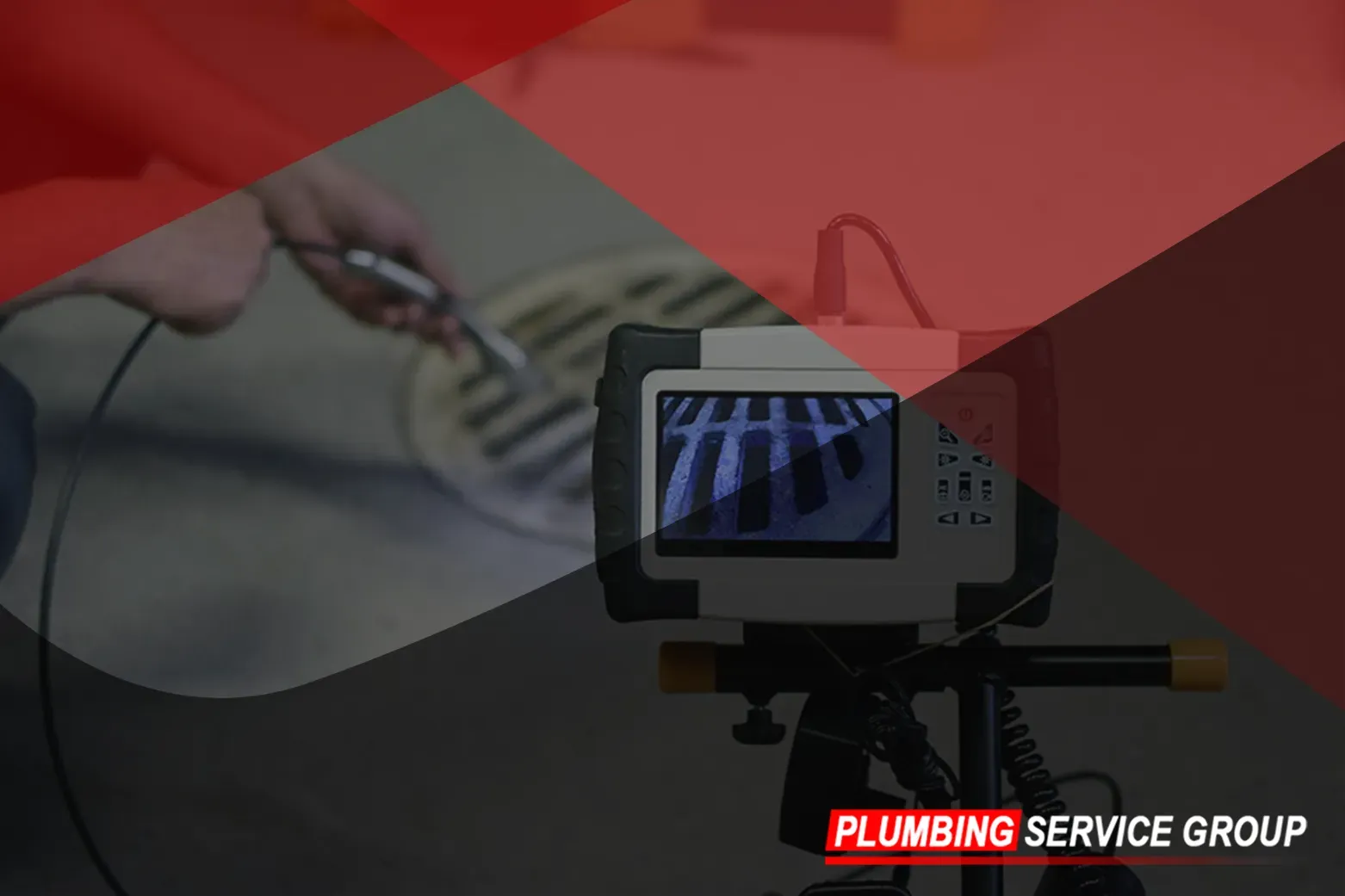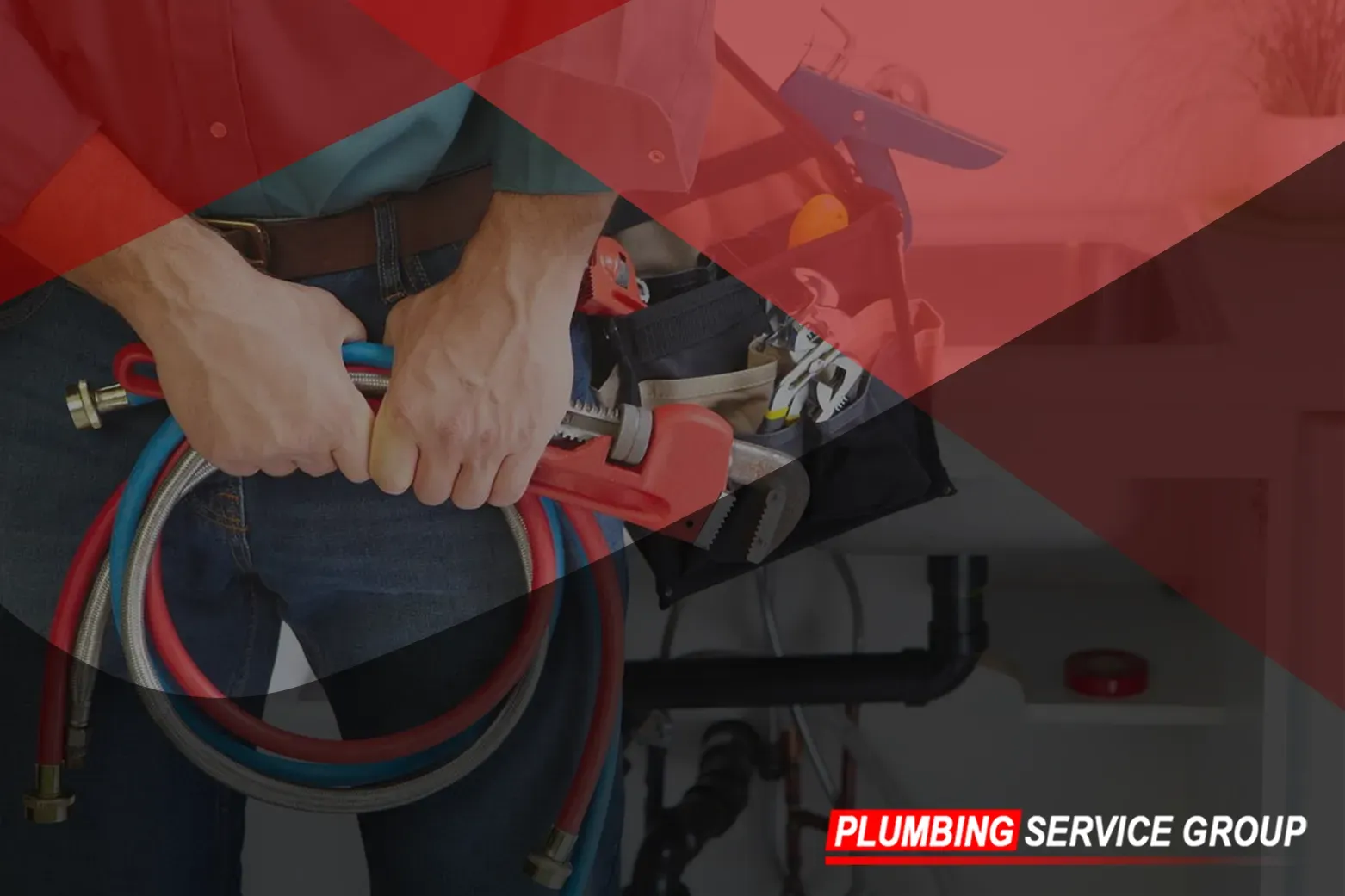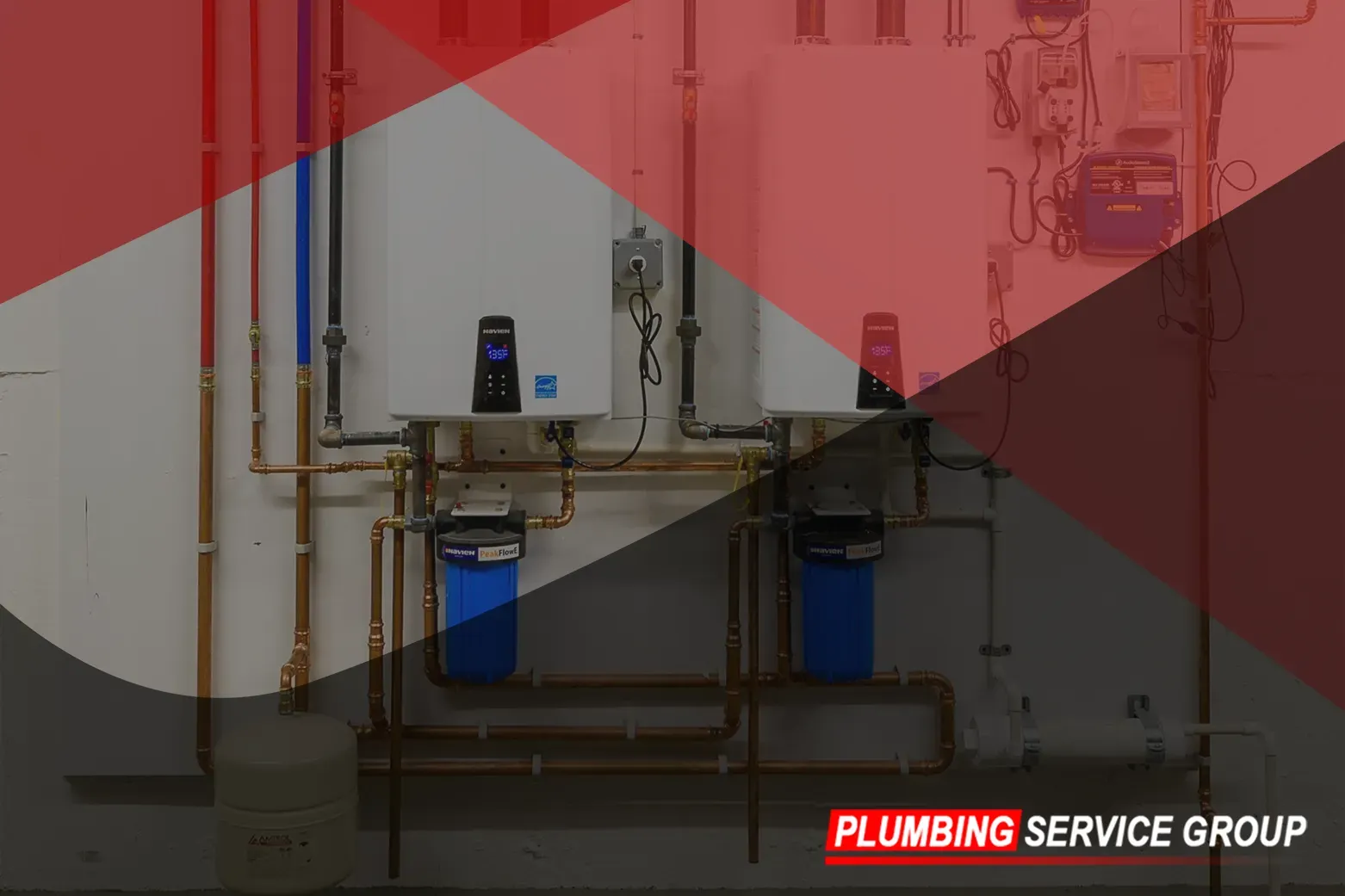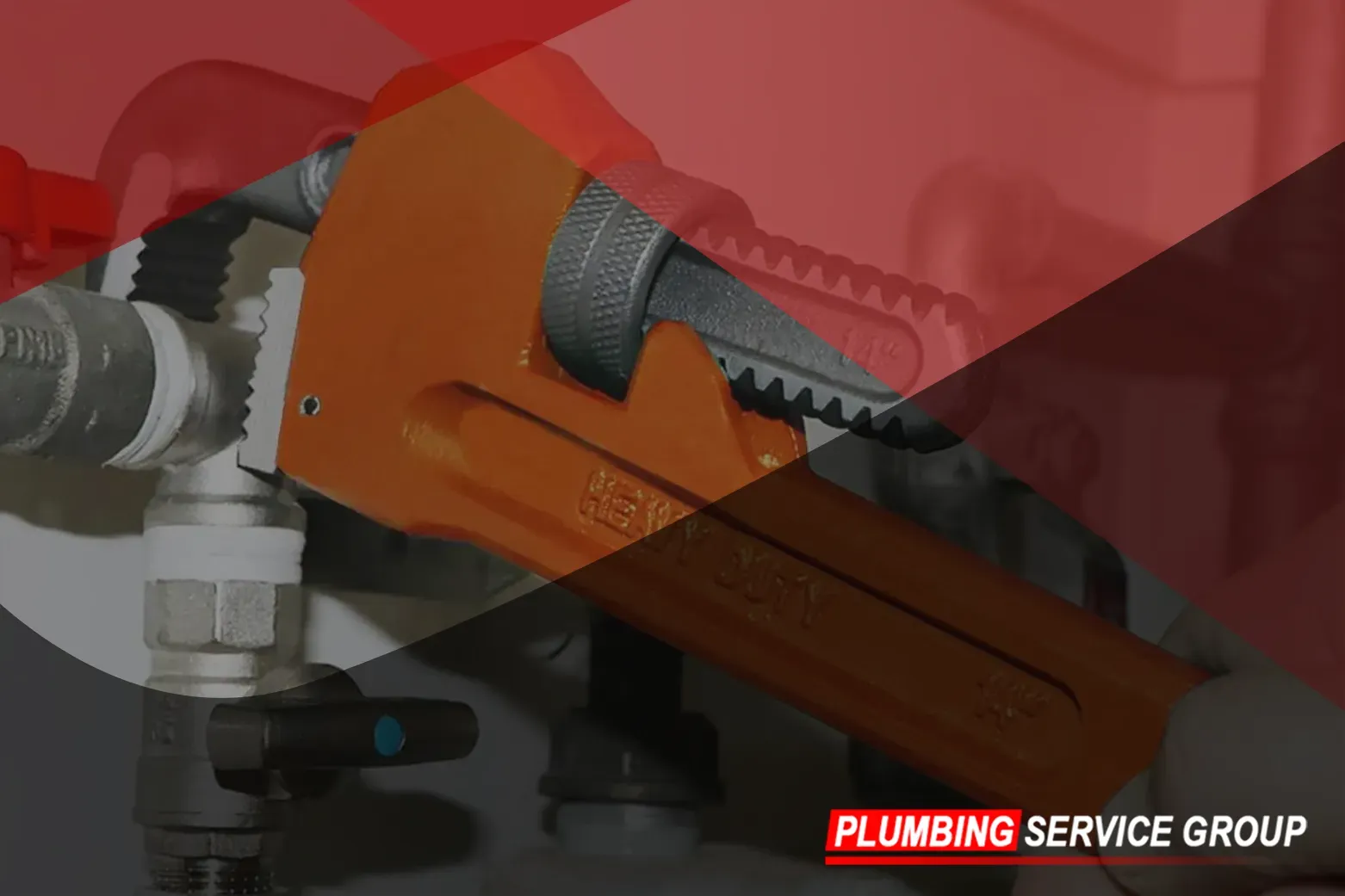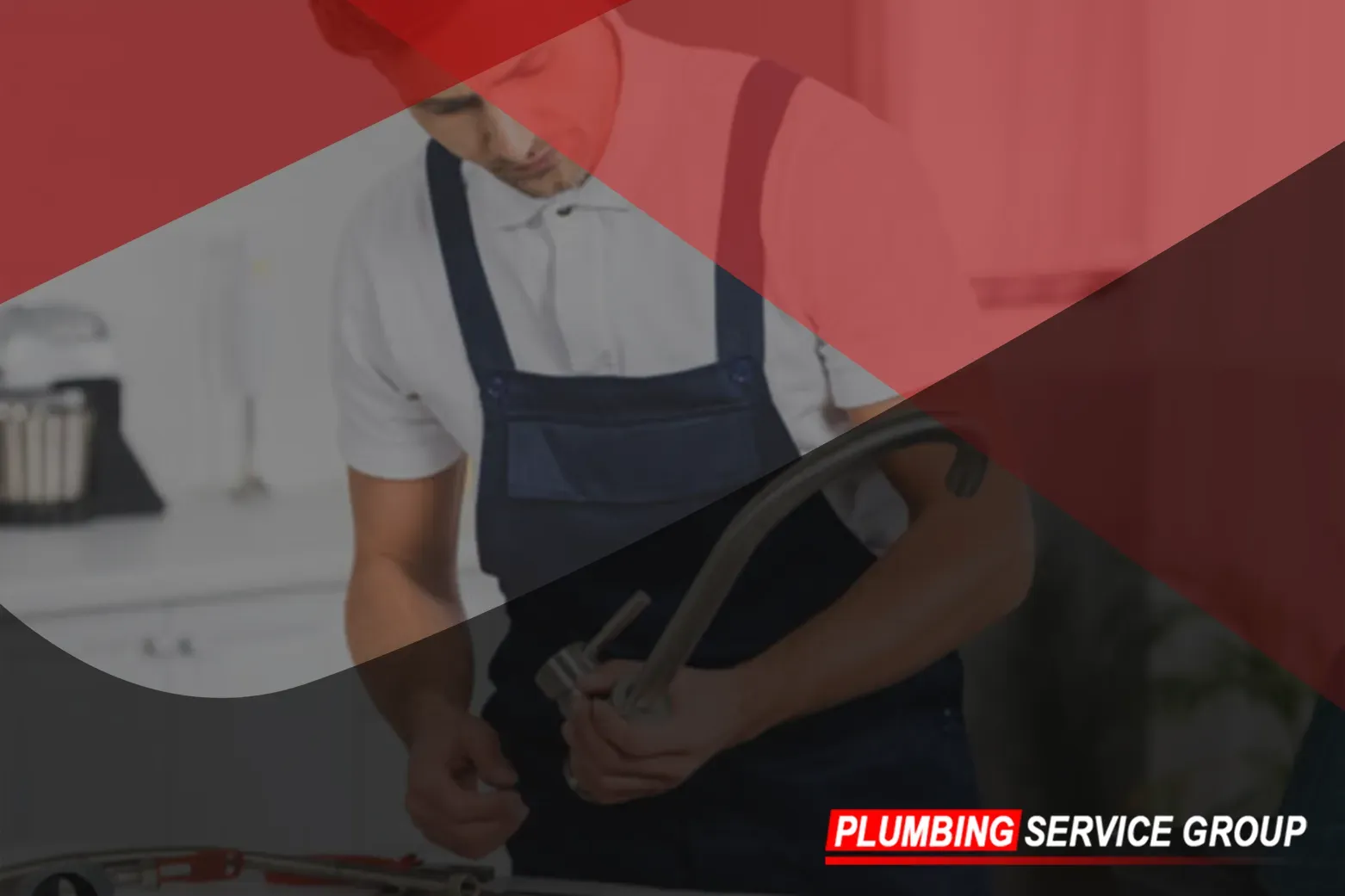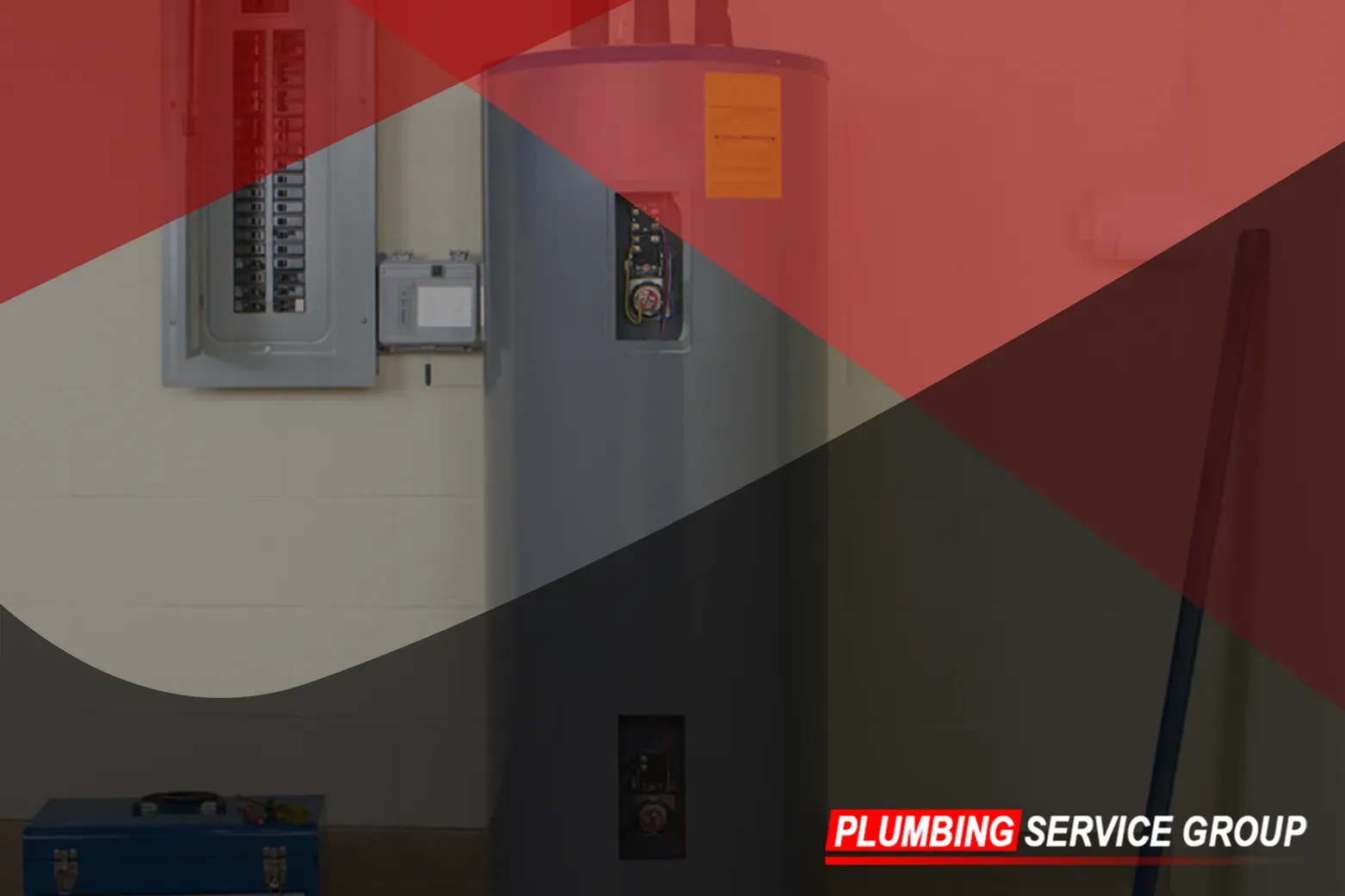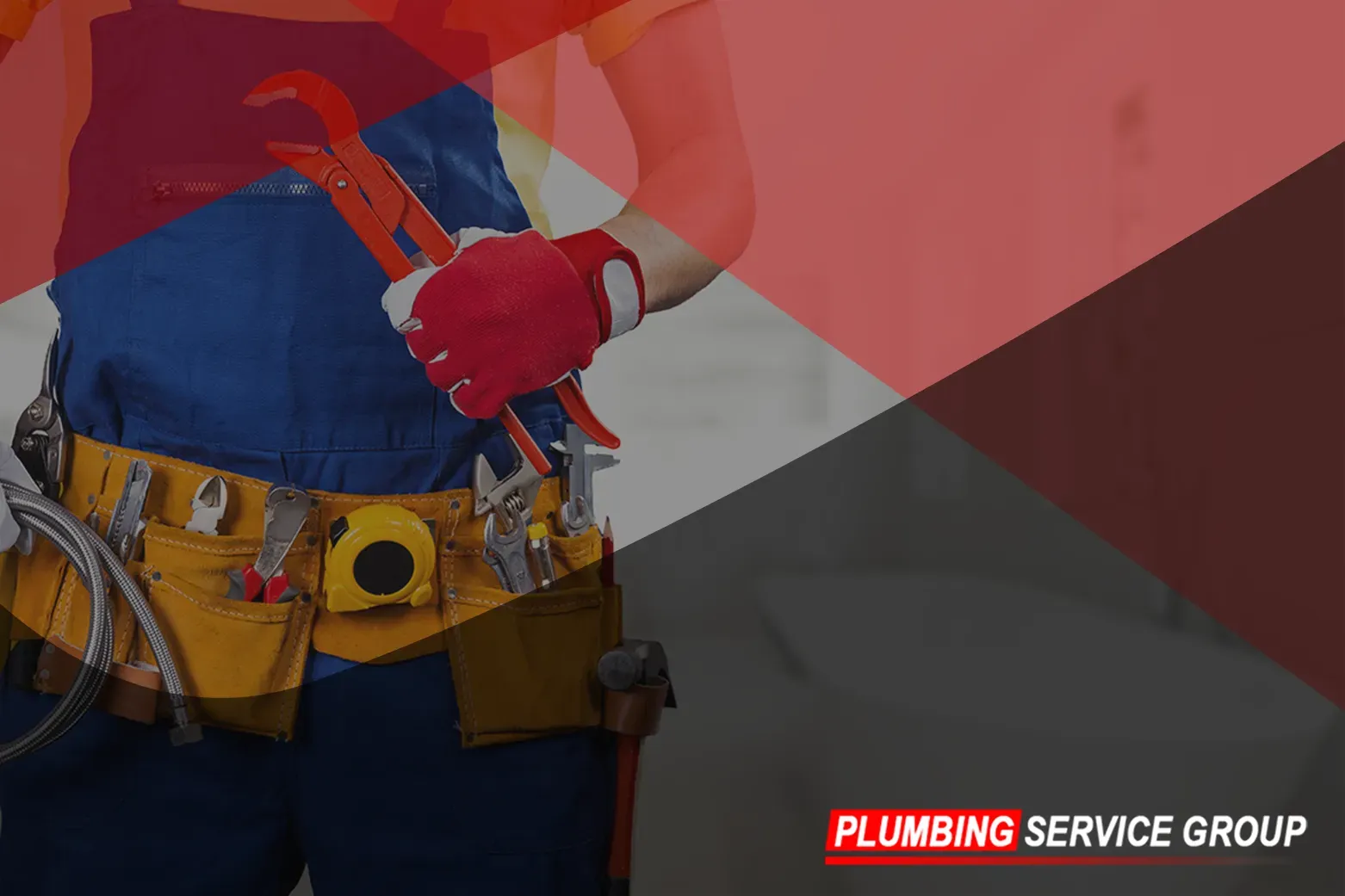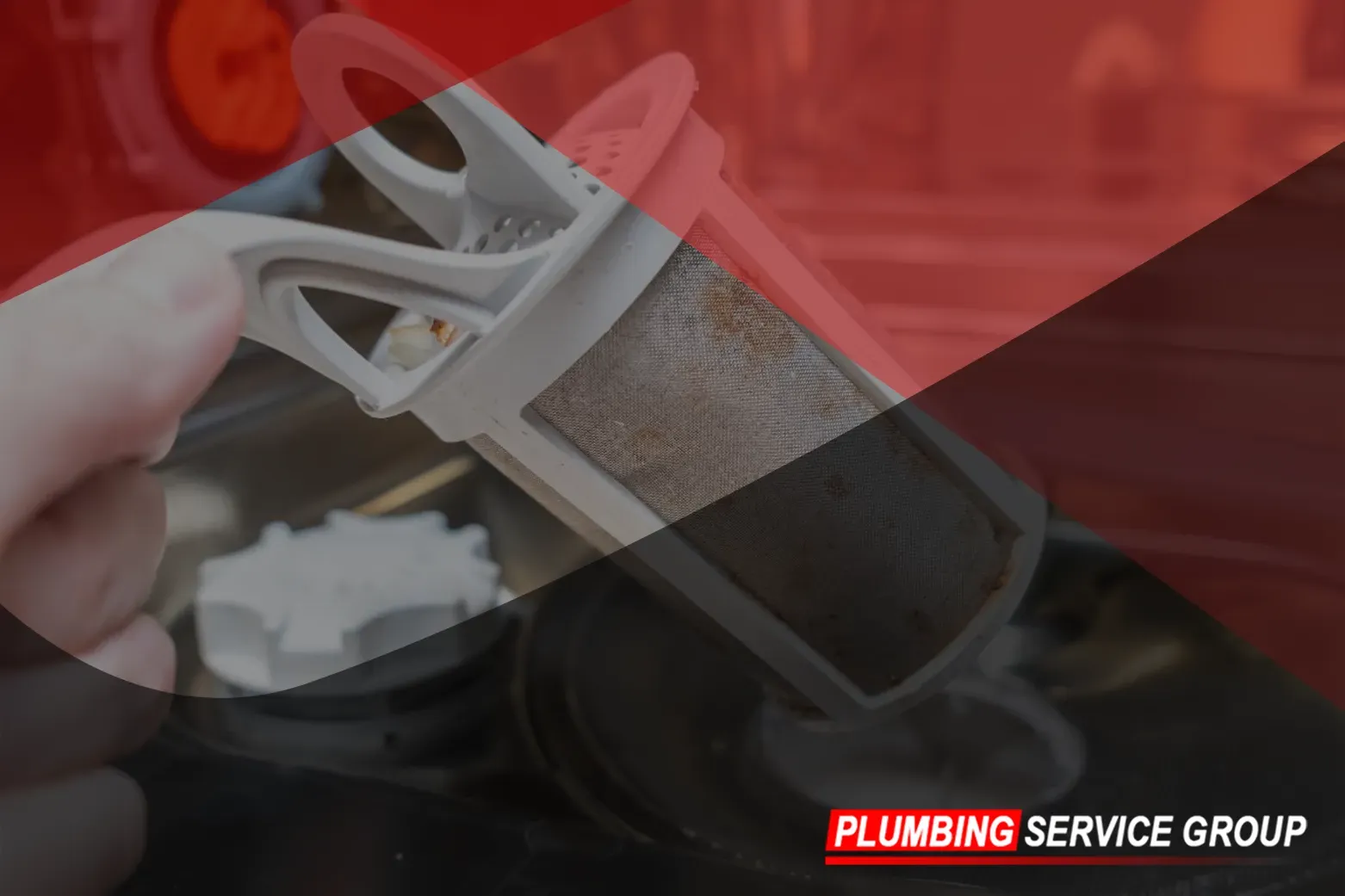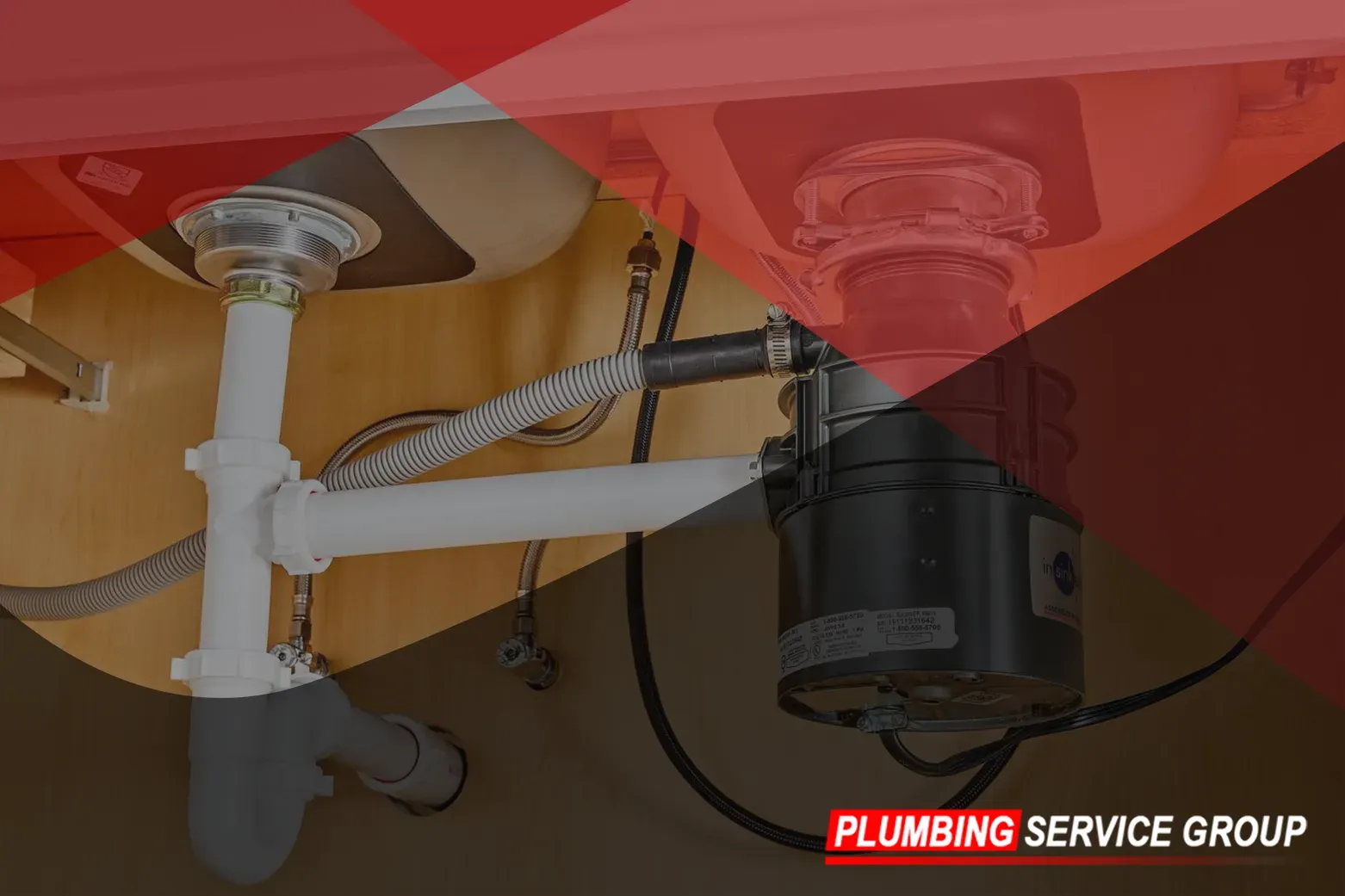Get in touch
555-555-5555
mymail@mailservice.com
How to Plumb a Toilet?
Are you ready to take on the challenge of plumbing a toilet like a pro? In this comprehensive guide brought to you by Plumbing Service Group, we'll walk you through the process step-by-step, providing expert tips and insights to help you achieve a successful installation. Whether you're a DIY enthusiast or a homeowner looking to tackle a plumbing project, this guide has you covered.
Understanding the Basics: What is Toilet Plumbing?
Before diving into the installation process, it's essential to understand the basics of toilet plumbing. Plumbing a toilet involves connecting the toilet bowl to the existing drain pipe and water supply lines, ensuring proper function and waste disposal. With the right tools, materials, and know-how, you can successfully plumb a toilet and enjoy a fully functional bathroom fixture.
Tools and Materials You'll Need
Before you begin plumbing your toilet, gather the following tools and materials:
- Toilet bowl and tank
- Wax ring
- Adjustable wrench
- Screwdriver
- Closet bolts
- Toilet flange
- Toilet supply line
- Pipe wrench
- Plumber's tape
- Level
Step-by-Step Guide: How to Plumb a Toilet
1. Preparation:
Begin by turning off the water supply to the bathroom using the shut-off valve. If there's an existing toilet, remove it carefully by disconnecting the water supply line unscrewing the bolts, and securing it to the floor. Once removed, thoroughly clean the area around the flange to ensure a smooth and debris-free surface for the new toilet installation.
2. Install the Toilet Flange:
Position the toilet flange over the drain pipe, ensuring it aligns properly with the floor. Secure the flange in place using corrosion-resistant screws or bolts, making sure it sits flush with the floor surface. Proper alignment and secure attachment of the flange are crucial to prevent leaks and ensure a stable foundation for the toilet.
3. Set the Wax Ring:
Place a new wax ring onto the bottom of the toilet bowl, ensuring it covers the entire circumference of the flange opening. The wax ring creates a watertight seal between the toilet and the drain pipe, preventing leaks and odors from escaping. Press the wax ring firmly onto the flange to ensure a secure fit.
4. Position the Toilet:
Carefully lower the toilet bowl onto the flange, aligning it with the closet bolts protruding from the flange. Take care not to disturb the wax ring during this process. Once properly positioned, apply gentle downward pressure on the toilet bowl to compress the wax ring and create a tight seal against the flange.
5. Secure the Toilet:
Secure the toilet bowl to the floor by tightening the nuts onto the closet bolts. Use a wrench to ensure the bolts are securely fastened, but be cautious not to overtighten, as this can crack the porcelain base of the toilet. Use a level to check that the toilet is straight and level from front to back and side to side.
6. Connect the Water Supply:
Attach the toilet tank to the bowl using the provided bolts and gaskets, following the manufacturer's instructions. Connect the water supply line to the tank's inlet valve, ensuring a snug fit. Use the plumber's tape to seal the threaded connections and prevent leaks. Turn on the water supply and check for any leaks around the connections.
7. Test for Leaks:
With the water supply turned on, flush the toilet several times to test for leaks. Inspect the base of the toilet and around the water supply line for any signs of water leakage. If leaks are detected, tighten the connections as needed or replace faulty components to ensure a watertight seal.
8. Final Adjustments:
Make any final adjustments to the toilet's positioning and alignment as necessary. Tighten any loose bolts or connections and ensure all components are securely fastened. Once satisfied with the installation, secure the toilet seat onto the bowl using the provided hardware. Test the functionality of the toilet by flushing it multiple times and checking for proper operation.
Expert Tips for Success
- Take your time during the installation process to ensure accuracy and precision.
- Use a level to ensure the toilet is properly aligned and doesn't wobble.
- Don't overtighten bolts or connections, as this can damage the toilet or cause leaks.
- If you encounter any difficulties or are unsure about any steps, don't hesitate to seek professional assistance from Plumbing Service Group.
Contact Plumbing Service Group for Professional Plumbing Services
At Plumbing Service Group, we specialize in providing professional plumbing services for residential and commercial clients. Whether you need assistance with
toilet installation, repairs, or maintenance, our team of experienced plumbers is here to help. Contact us today to schedule a consultation and experience the difference of working with the leading experts in
bathroom plumbing services.
Office
Email us
Call us
All Rights Reserved | Plumbing Service Group

